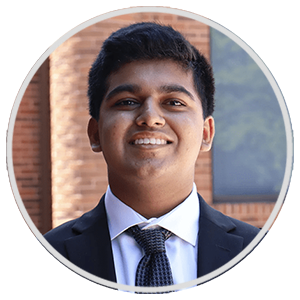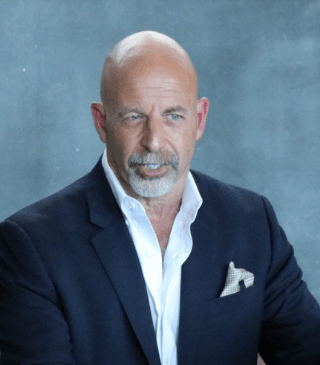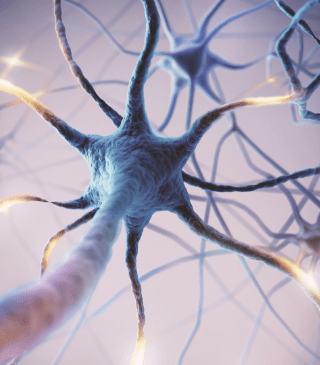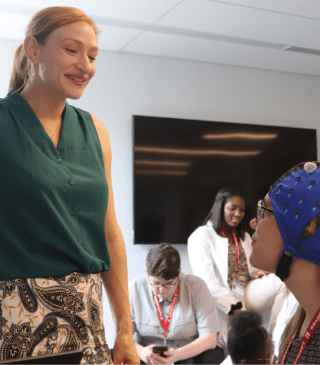

Collaborated with a group of the world’s premier scientists, professors, and professionals in the fields of neuroscience and neuroethics.
Synthesized new neuroscience knowledge into a research proposal for a cutting-edge neuroscience experiment.
Engaged in interactive activities with discussions about cognitive neuroscience and neuroethics in a cross-cultural setting through a biophysical lens.
Anjali Pillai
TJHSST
Class of 2023


Learn more about Anjali here.


Anjali is excited to take part in the Advanced Medical Neuroscience Internship this summer. She is thrilled to have the opportunity to work with experts in neuroscience to learn more about cognitive function and neurological tests.
As a rising senior at Thomas Jefferson High School for Science and Technology, Anjali is a very focused and dedicated student who is taking both Advanced Placement and Honors classes. She is co-president of her school's HOSA chapter and she has gotten first and second place at states and ninth place at internationals during HOSA competitions over the past 2 years. Additionally, Anjali is very proud of her achievements and participation in the National Honor Society, Spanish Honor Society, and Science Olympiad.
In the future, Anjali would like to study Biomedical Engineering in college. While she loves medicine, she also enjoys engineering and maths classes so she would like to pursue a career that focuses on the intersection of both fields. Next year, she will be working on a quantum biology project in her senior research lab and she hopes to study the quantum applications of vaccine development.
Read more about Anjali's achievements here.


The Frontier of Neuroscience
Center for Functional and Molecular Imaging
The Center for Functional and Molecular Imaging (CFMI) at Georgetown is one of the world’s leading institutions with expertise in structural, functional, and brain imaging.
While visiting the CFMI, I met Dr. John VanMeter, Director of the Neuroimaging Corps at Georgetown University, who described to me the rationale, protocols, capabilities, and limitations of Functional Magnetic Resonance Imaging and tract tracing.
I not only learned about the science behind fMRI, but also had the opportunity to see the machine that possess a magnetic power of 30,000 times the strength of Earth’s magnetic field.
Neuromodulation
Neuromodulation is a technology that electrically stimulates nerves or chemically targets neurological sites to treat nearly any disease or symptom.
I specifically learned about the HALO device, an application of neuromodulation that provides external electrical stimulation through a helmet of electrodes. It is primarily used to improve cognitive function and wellbeing, like learning, memory, and performance.
To further demonstrate the applications of neuromodulation, we learned aboutelectrical stimulation, perception of stimuli, and free will in order to control cockroaches from an iPhone.






